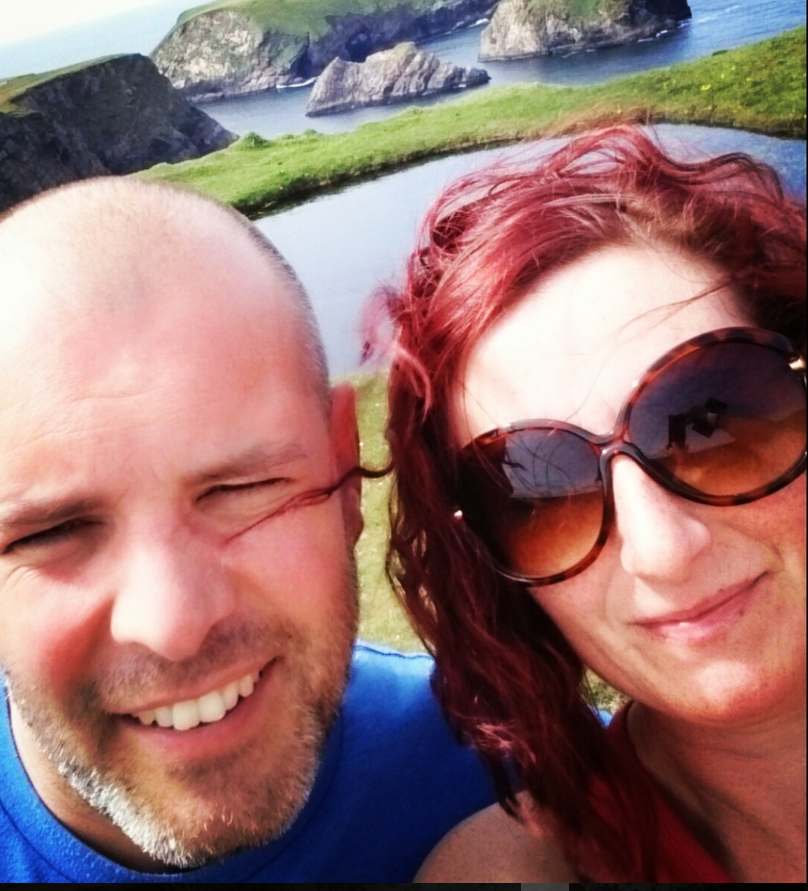White villages along the Mudejar routeFirst week of January and the early morning sun greeted us in Velez-Malaga. On this glorious morning, we decided to travel to the easternmost part of the Costa del Sol along the Mudejar route which brings you to the white villages which stand at the foot of the mighty Tejeda and Almijarra Sierra. The area, which is known as Axarquia, is a far cry from the hustle and bustle of the Costa Del Sol coastline. Leaving Velez-Malaga behind us, we followed the MA-4111 which winds it's way slowly up towards the mountains which we could see in the distance. Smoke of the chimneys and the many farmyard fires filled the bottom of the valleys with a thick smoke, and the early morning sun wasn't high enough in the sky to replace the cool morning breeze with the warm Andalusian air we love so early in the year. And talking about the weather, December and January are very mild months where you can expect still a lot of sunshine. Taking another sharp turn on the MA-4111, we reached the sleepy hamlet of Arenas, a small town located on a hill flank. Walking through the village, it became apparent that it was too early to meet many of the locals, and with the exception of one motorbike , cats were the only living creatures roaming the streets. We decided to carry on with our trip and leave Arenas behind us. Around each bend, fabulous vistas greeted us of the Andalucian countryside. The many almond trees were in bloom, and their soft pink flowers made for a colorful display against the blue skies, where the whitewashed villages in the distance were in stark contrast to the green mountain flanks of the Tejeda and Almijarra Sierra. It is amazing to think that only a 20 minute drive from the coastal region of Malaga, where tourist flock every year to enjoy the summer sun, is this beautiful rural part of Spain. At this stage, the morning sun was powerful enough to heat up the morning air and make it a pleasant 18 degrees, perfect to kickstart the new year. Next stop was the beautiful hamlet of Corumbela. Walking through the village towards the town hall, we enjoyed the views towards the coast. In the centre of the village, you will find the small San Pedro parish church with it's 14th century Mudejar style tower which was originally the minart of the mosque which stood at the site of the church. Having walked through the village, we carried on travelling towards our next stop, the village of Salares. Salares is a small hamlet right at the foot of the mighty Tejeda and Almijarra Sierra. The village is surrounded by forests, hills and the Rio de Salares, a small river with the clearest water. When we drove into the town, we noticed large signs telling us about the existence of Bar El Theo. And as we hadn't any drink since we left our house that morning, we decided to pay this bar a visit. Walking through the many tiny streets, we were delighted to find Bar El Theo to be open, and walking into the bar we were welcomed by Theo himself. Theo is a larger than life character who, after we ordered a few coffee's, gave us a taste of his home brewed muscatel wine and gave the boys some of his homegrown avocados as well. In the bar, we found one large table which was set for lunch as a group of walkers were expected later that day, so we took the only remaining table in the small bar. After we told Theo that our eldest studies Spanish in school, he decided to teach him a bit more Spanish and even gave him his newspaper. After having said our goodbyes, we ventured further into the small village. Walking through the narrow streets, we came to an old Roman bridge crossing the Rio de Salares. Crossing the bridge will bring you to the start of a fabulous walk into the mountains. Salares with it's small winding streets, whitewashed houses is worth a visit. It is far cry from the hustle and bustle of the coast, and it's location doesn't make it into a tourist trap inundated by tourists arriving by the bus load as for example Frigiliana. The town of Sedella which is next on the route was left on our right as we headed onwards towards Canillas de Aceituno. The stretch of road between those two villages is just fabulous. With views as far as the coast and Embalse de la Vinuela on your left, we also passed the recreation area of La Rahige on our right from where you can venture on a fabulous hike up the mountains. This walk is just stunning, and while walking along the path which has been constructed against the cliff edge, there are impressive panoramic views towards the Barranco del Almanchares . We rolled into the town of Canillas de Aceituno around lunch time, so we decided to go into an already full Restaurante La Sociedad. The cozy restaurant where families were enjoying their food was filled with laughter and conversations. We got a table at the back of the restaurant on the first floor, and were really lucky to get it as we hadn't made a reservation in this popular restaurant. Goat is a speciality in this restaurant, so choice was quickly made. Half an hour later, we were eating our succulent leg of goat which was served with chips and vegetables and washed down with a refreshing beer. After our lunch, we went downhill towards the busy coastline of Malaga. Leaving this little piece of paradise behind us was hard, but those 8 hours had left us with brilliant memories of rural Spain and whitewashed villages along the Mudejar route.
0 Comments
Leave a Reply. |
�
About the AuthorWe are Peter & Dolores De Bie. We love the great outdoors, discovering new parts of the world and writing about our adventures along the Wild Atlantic Way and further afield Categories
All
|
Contact us |
Where are our visitors from |
copyright © 2024 www.outdoorfitnesssligo.com
©Website design by Outdoor Fitness Sligo
©Website design by Outdoor Fitness Sligo
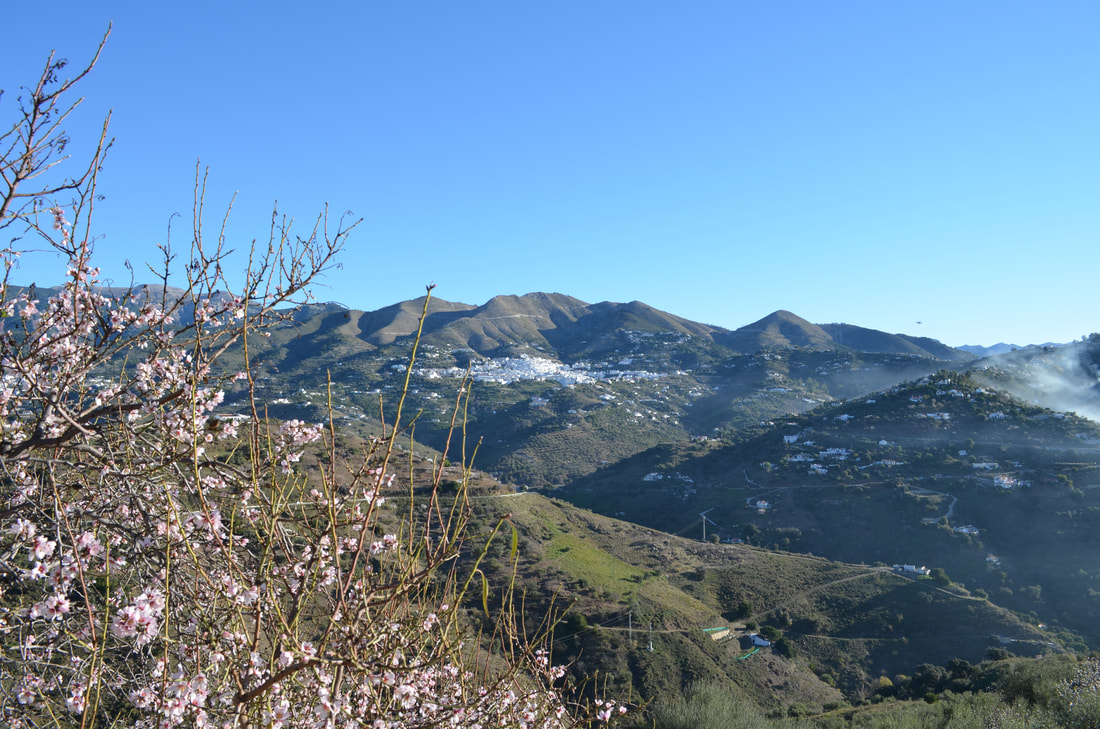
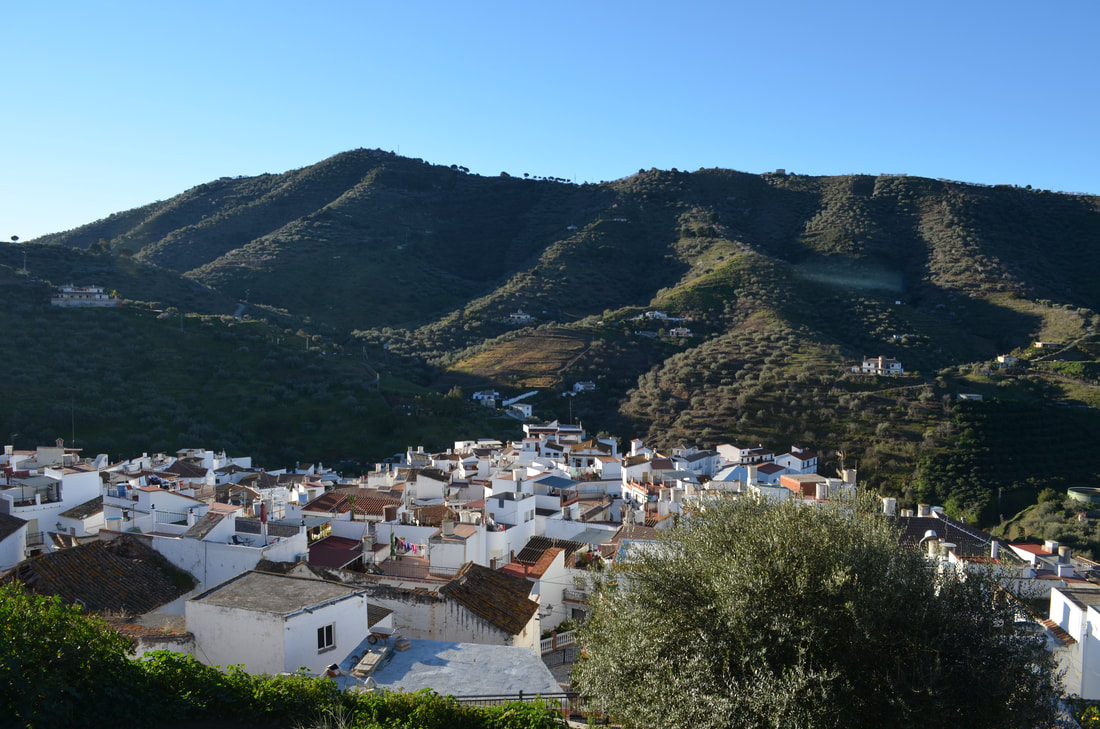
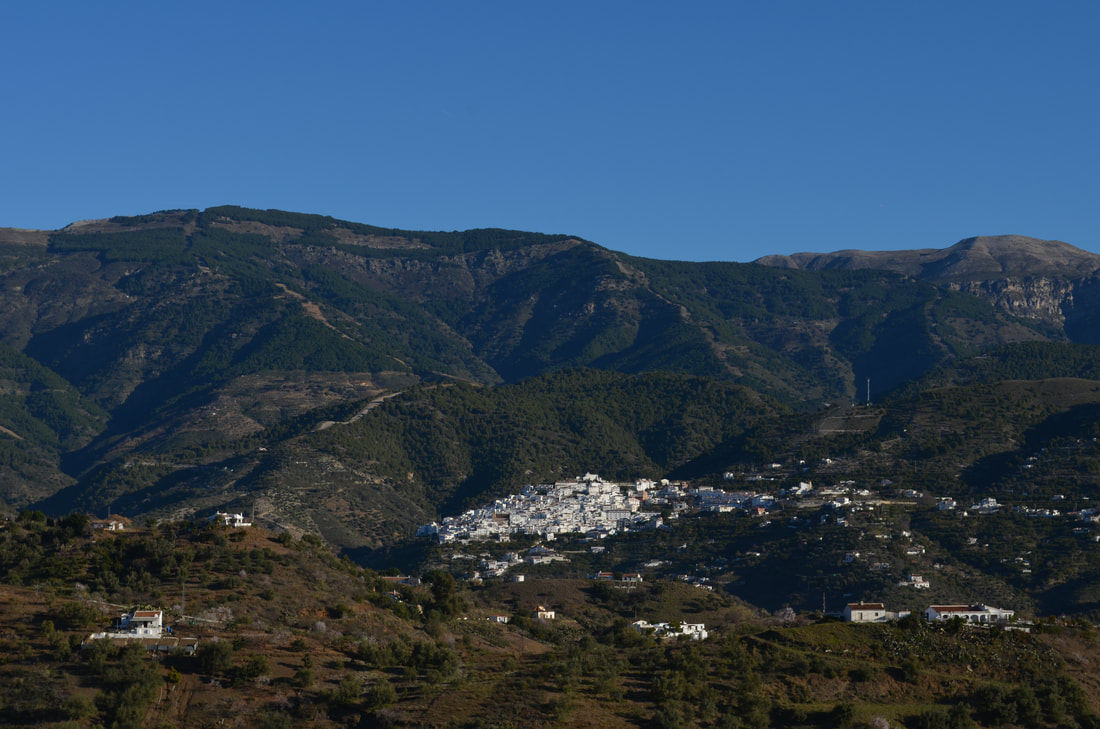
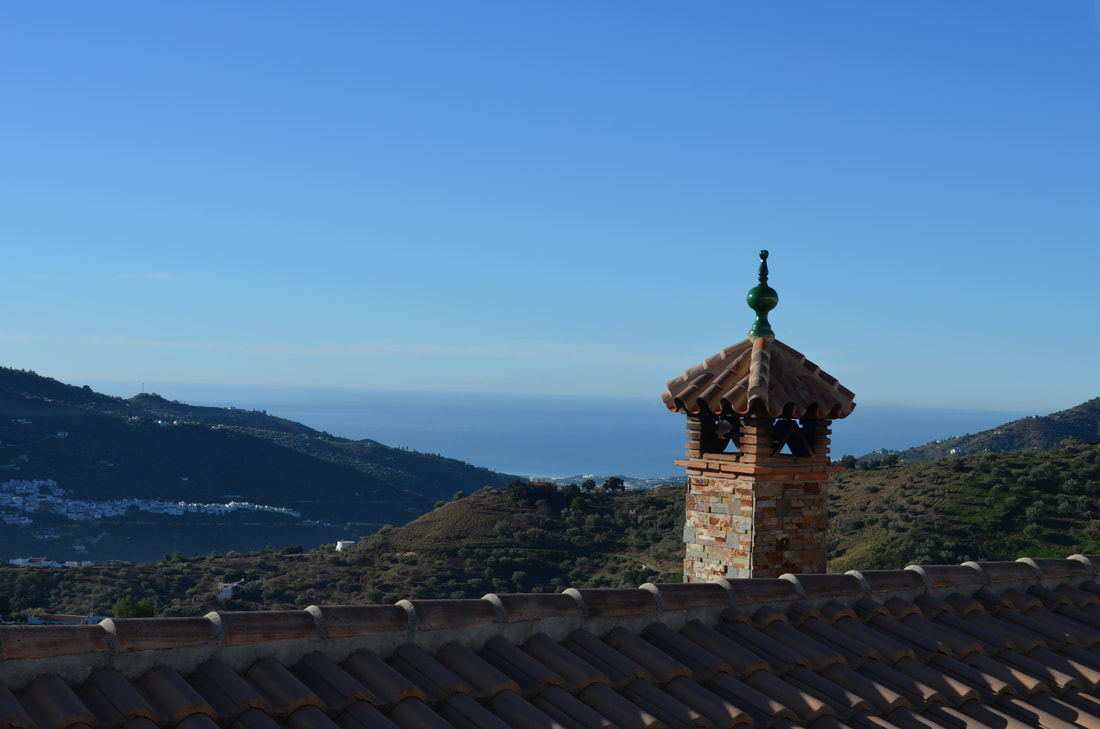
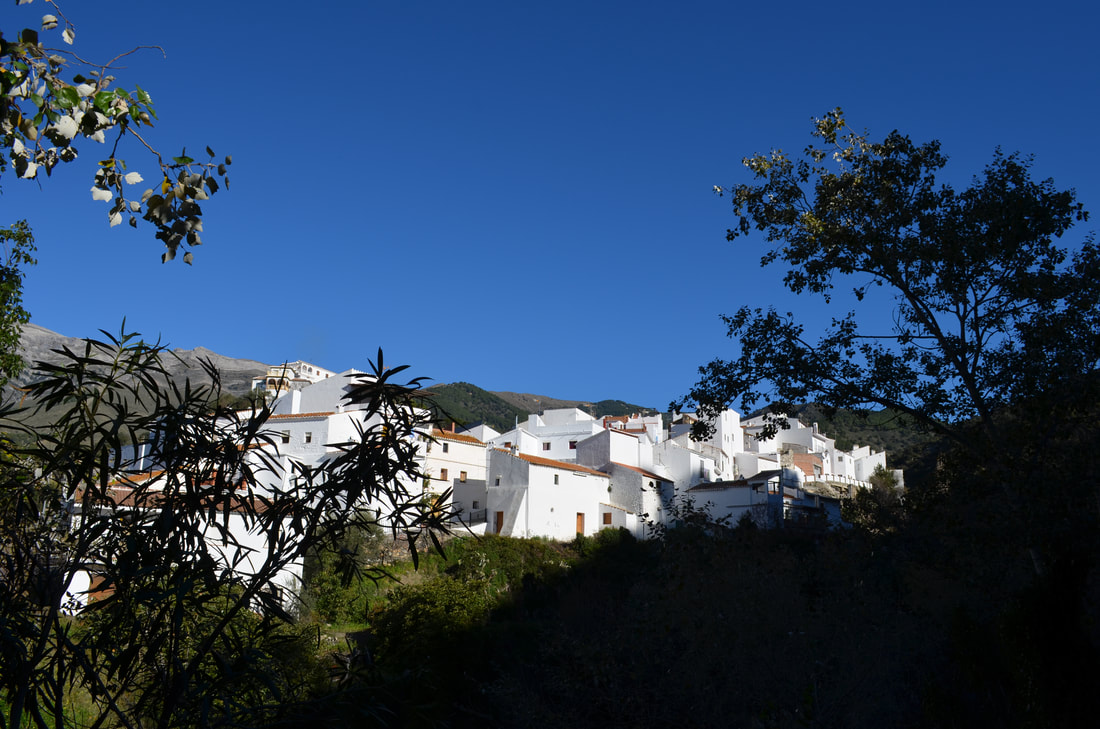
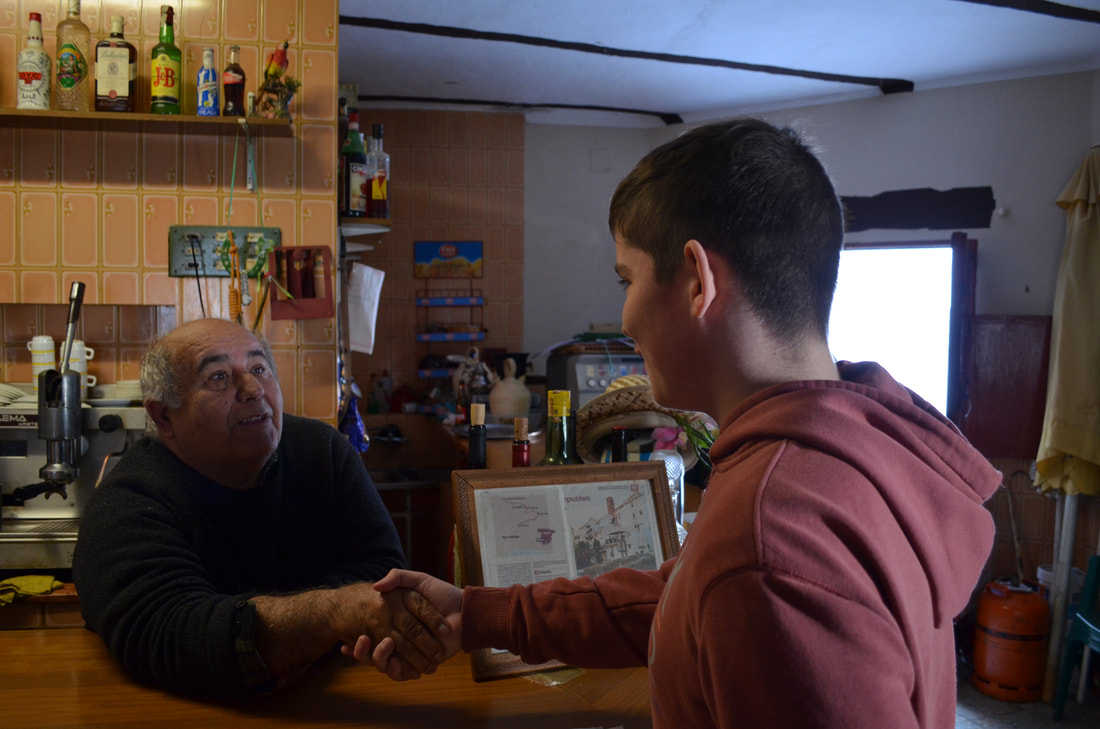
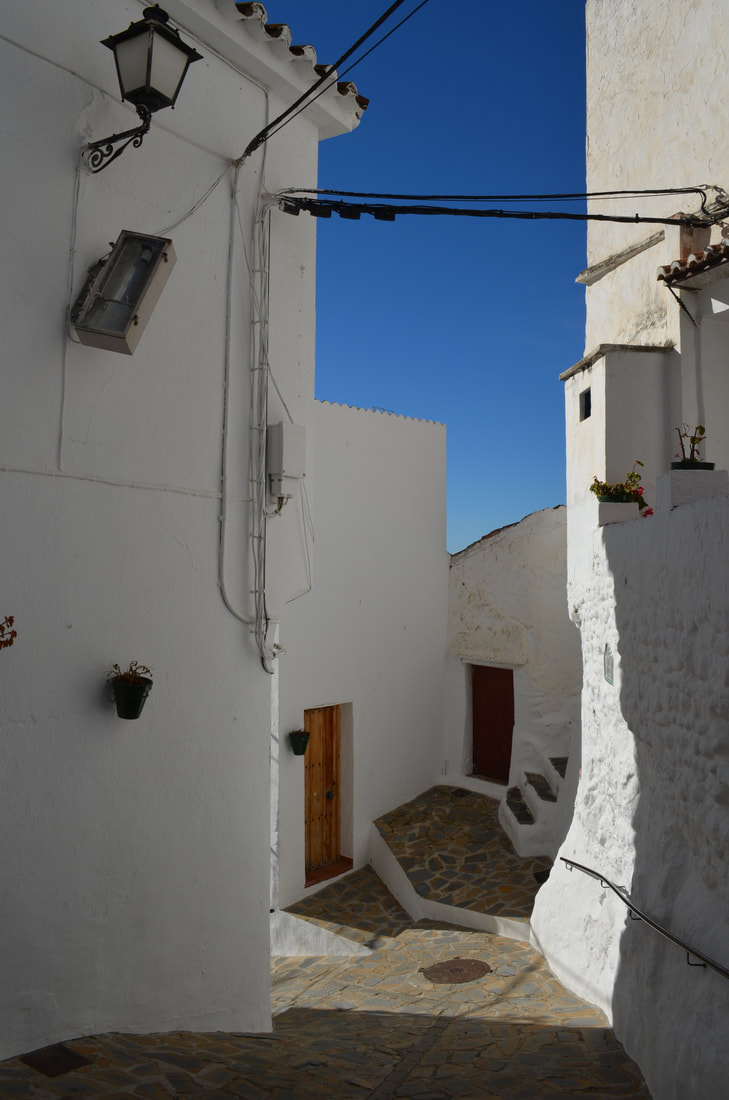
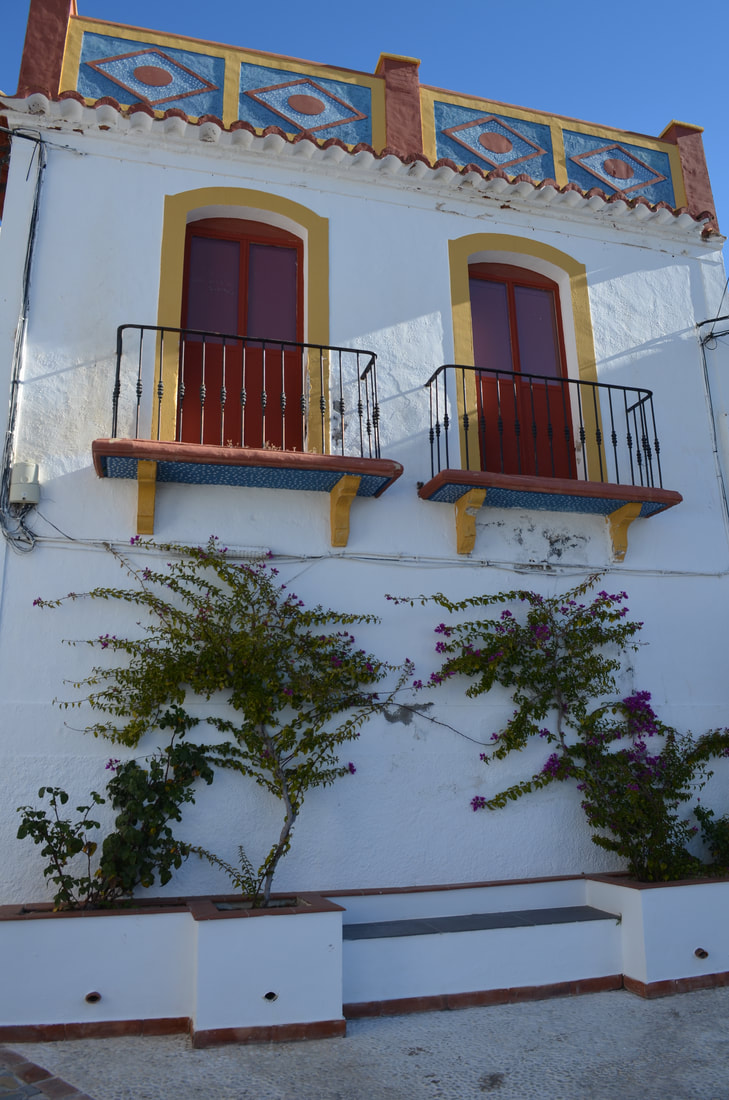
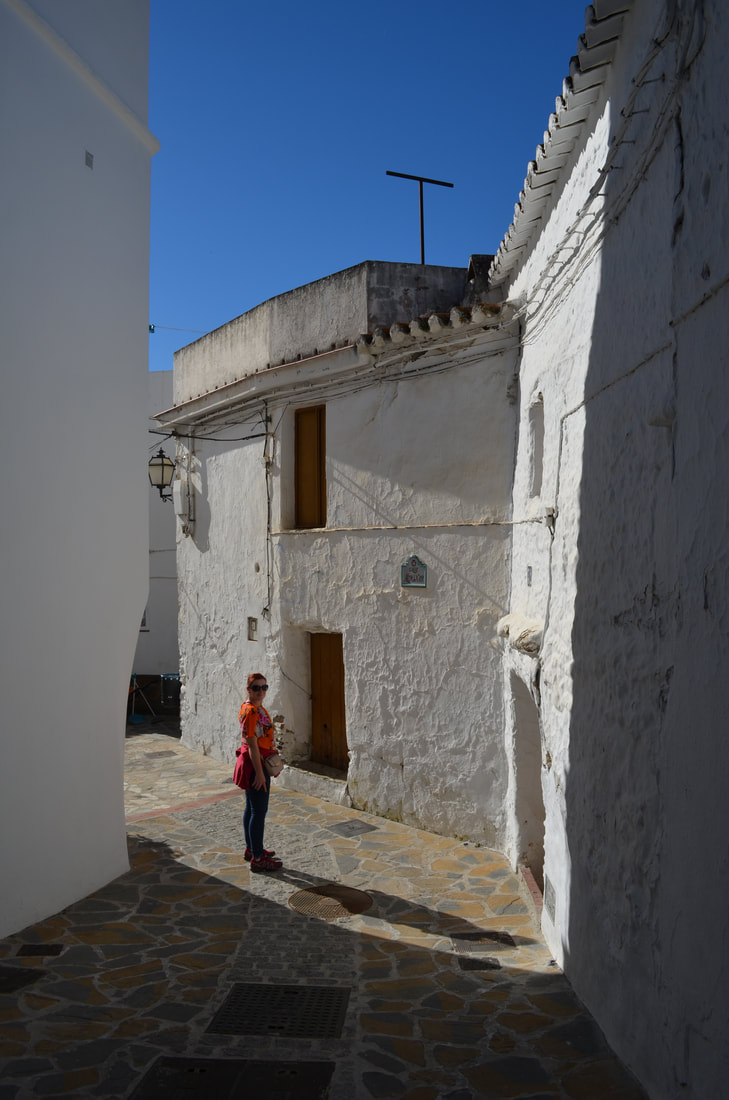
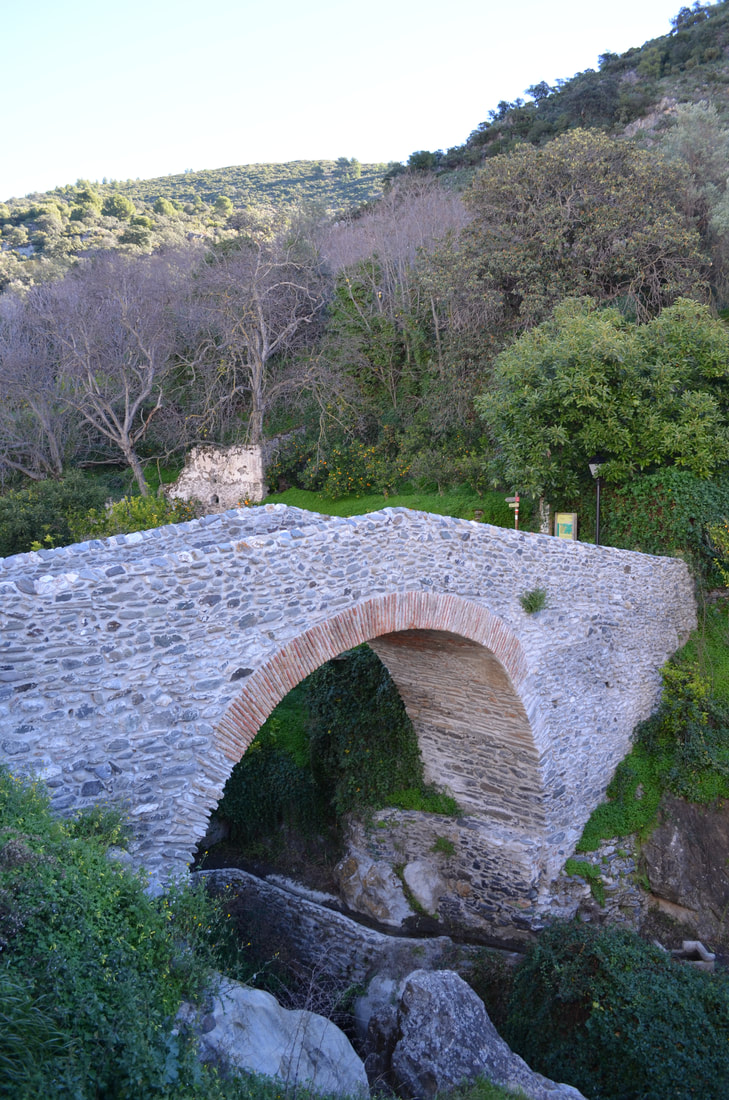
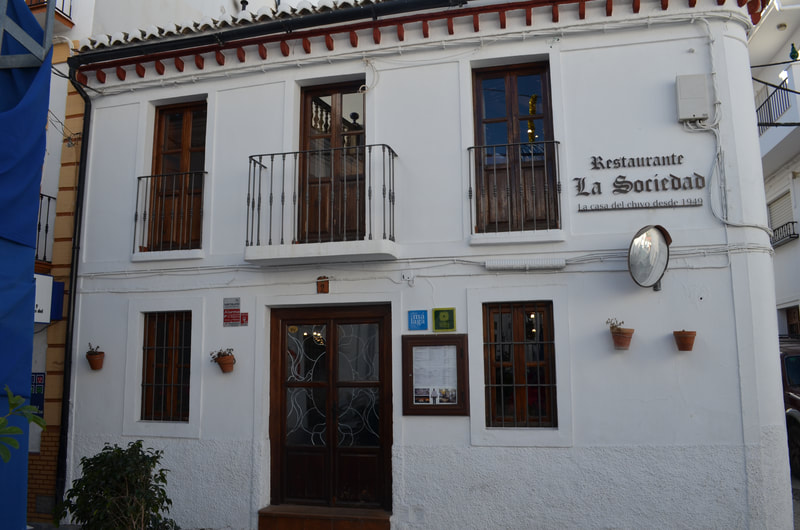
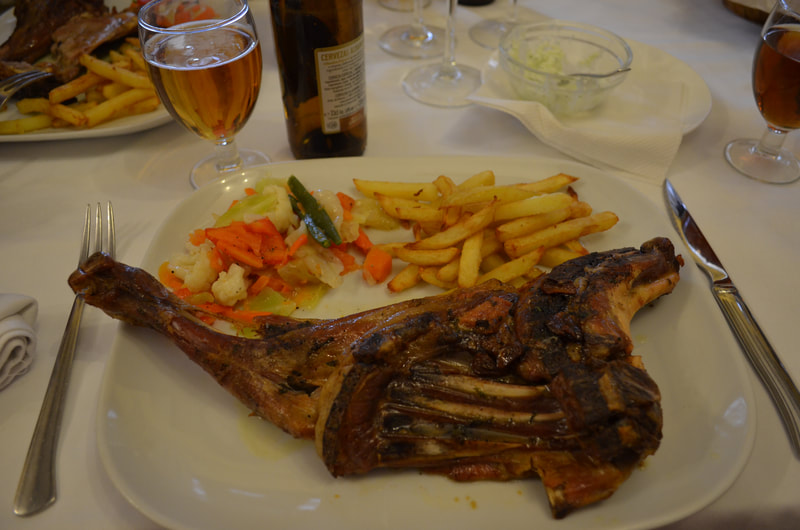
 RSS Feed
RSS Feed
